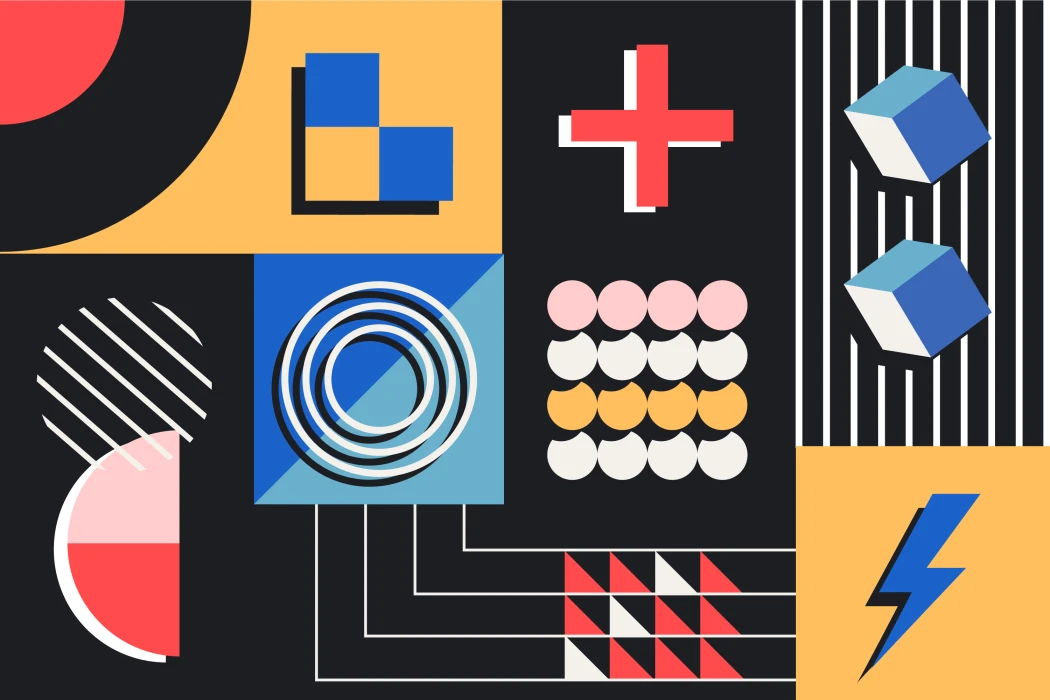When it comes to gamification, many people think we're talking about games. But the truth is, while gamification may draw inspiration from games, game design and gamification are practically distant cousins. While game design is dedicated to creating playful experiences, gamification is more like the art of designing systems that captivate and shape user behavior.
Introduction
The magic of gamification lies in incorporating game elements and mechanics into scenarios that typically have nothing to do with Mario Kart or Minecraft matches. Think of mobile apps or websites, for example. The idea is simple: make interactions more engaging, as if we were exploring a new game level.
Through gamification, we are encouraged to pursue goals and reap the deserved rewards. Let's face it: filling out that endless form to open a bank account is a colossal bore. However, if we can track our progress or receive incentives, the whole thing becomes more bearable and enjoyable.
Who would have thought that gamification could turn even bureaucracy into something interesting? Gamification can make any task less tedious and more enjoyable in the business world or personal spheres. Why not try this approach and turn your daily activities into exciting challenges? After all, who said dealing with commitments couldn't be fun?
Exploring Gamification in UI/UX
Designers are constantly exploring ways to captivate and engage their users, and gamification stands out as an incredibly effective tactic in this process. It adds a dash of fun to apps and websites, transforming experiences that might otherwise go unnoticed by users. It's like sprinkling digital magic to make each interaction more engaging and memorable.
Imagine entering an online course as if you were about to embark on a digital adventure. You're greeted by a super-friendly tutorial that presents itself as an amazing virtual mission, guiding you through the wonders of the course step by step. As you navigate through modules, you accumulate points that unlock not only more content but also ways to customize your journey. No pressure of 'I need to learn something new'—it's just a fun digital journey with lots of discoveries and excitement for the knowledge that lies ahead. This encourages users to interact with the system because they want to, not because they have to.
Benefits of Integrating Gamification in UI/UX
Gamification is a strategy that can add considerable value to various websites and applications, especially when backed by concrete data. Some key benefits of gamification include:
Gamification impacts engagement and retention
Gamification demonstrates its unique ability to boost user engagement, attracting new users and retaining existing ones. Keeping users engaged contributes to loyalty and increases the company's bottom line. This effect is evident in UX gamification, attracting users and increasing their time on the platform. A notable example is the application of gamification in corporate training, where 85% of employees expressed willingness to invest more time in gamified platforms, resulting in noticeable improvements in retention rates.
Gamification stimulates motivation
Games are known for their motivating power, and gamification follows the same logic. Elements like badges, stickers, points, and challenges can ignite the desire to achieve specific goals. Health and fitness apps like Strava and Runkeeper exemplify how gamification can increase users' motivation, leading to higher adherence to exercise routines and improvements in overall health.
Gamification encourages friendly competition
Healthy competition is an effective driver for task completion and goal achievement. Recognizing achievements can be highly motivating even without friends to compete directly with. Elements like leaderboards and challenges encourage user competition, highlighting gamification as a crucial ingredient for an exceptional user experience.
Gamification is beneficial for customer retention and plays a significant role in learning and productivity. Research reveals that gamified e-learning platforms can increase engagement in learning by up to 60% and boost productivity by up to 50%.
Critical Challenges of Gamification in UI/UX
When incorporating gamification elements into UI design, it's crucial to ensure that these elements enhance user objectives rather than distract them. Considering individual needs and motivations, select game elements aligned with such motivations. Maintaining simplicity in gamification is crucial, as indiscriminately adding game elements does not guarantee positive returns.
Gamification only works if intentional
Gamification is only effective if rewards are meaningful and represent real achievements. Badges and points should reflect the user's progress to maintain long-term motivation.
Gamification should be voluntary
Gamification should be a voluntary choice for users, avoiding any sense of control. Subtle suggestions allow users to discover experiences independently, putting them in control of their behavior.
Gamification should not be a requirement
Gamification should not be imposed as a requirement. Aficatimust can be challenging, and if a task is not easy or difficult to avoid, do not align it with becoming references. Harmony between game elements and the user experience is crucial for the success of gamification in UX design.
Conclusion
Whether in business or daily activities, gamification emerges as a powerful tool to make even the most mundane tasks engaging and exciting. Challenging the conventional view of commitments as monotonous invites us to explore, learn, and grow, transforming the ordinary into the extraordinary.
However, we acknowledge that we also encounter challenges in exploring this digital journey. Gamification only reaches its potential when it is intentional and voluntary and does not become a requirement imposed on the user. Harmony between game elements and the user experience is the key to overcoming these challenges and ensuring the success of gamification in UX design.
Tags
Subscribe to
Our
Newsletter
Join 1,000+ people and recieve our weekly insights.

Success!
Thank your for subscribing to Buzzvel's
Newsletter, you will now
receive
amazing
tips
and insights weekly.




